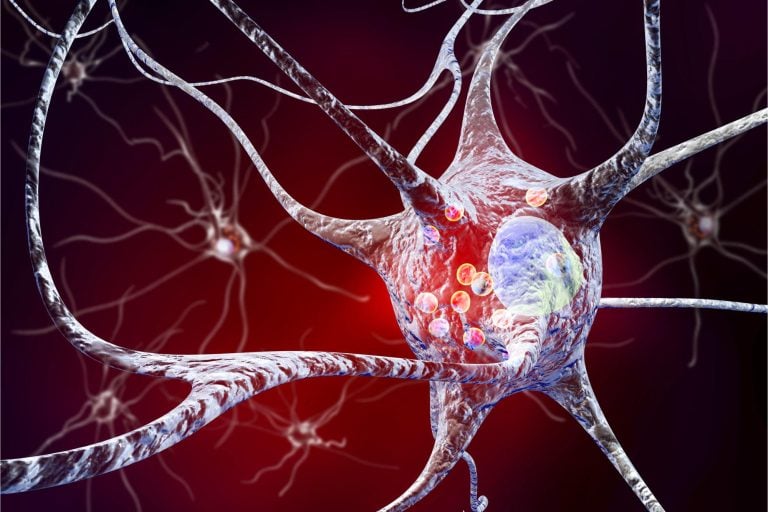Researchers have compiled a decade of evidence on ayahuasca’s effects on anxiety and trauma responses, emphasizing its potential for treating PTSD and anxiety disorders.
The Science Behind Ayahuasca
Ayahuasca, a traditional Amazonian brew, contains DMT and β-carboline compounds that interact with serotonin receptors. The review highlights the complex balance between 5-HT2A and 5-HT1A receptors, crucial for understanding ayahuasca’s therapeutic benefits.
Key Findings
- DMT acts primarily through 5-HT2A receptors, influencing emotional processing.
- β-carboline compounds may work through different mechanisms, affecting memory and anxiety.
- Clinical studies show specific effects on fear extinction and emotional processing.
- Brain imaging studies reveal ayahuasca modulates activity in emotional regulation regions.
Therapeutic Potential
Ayahuasca may be particularly promising for treating PTSD and anxiety disorders. However, researchers emphasize the need for more controlled clinical trials to optimize therapeutic applications.
Safety Considerations
- Ayahuasca’s complex nature requires careful consideration of individual patient factors.
- Controlled settings are essential for therapeutic use.
Next Steps
- Rigorous clinical studies to understand optimal therapeutic applications.
- Investigation of individual differences in receptor systems.
- Exploration of different preparations and timing of administration.
Learn More
- Read the full review in Psychedelics.
- Explore research on ayahuasca’s therapeutic potential.
- Discover the latest developments in psychedelic medicine.












